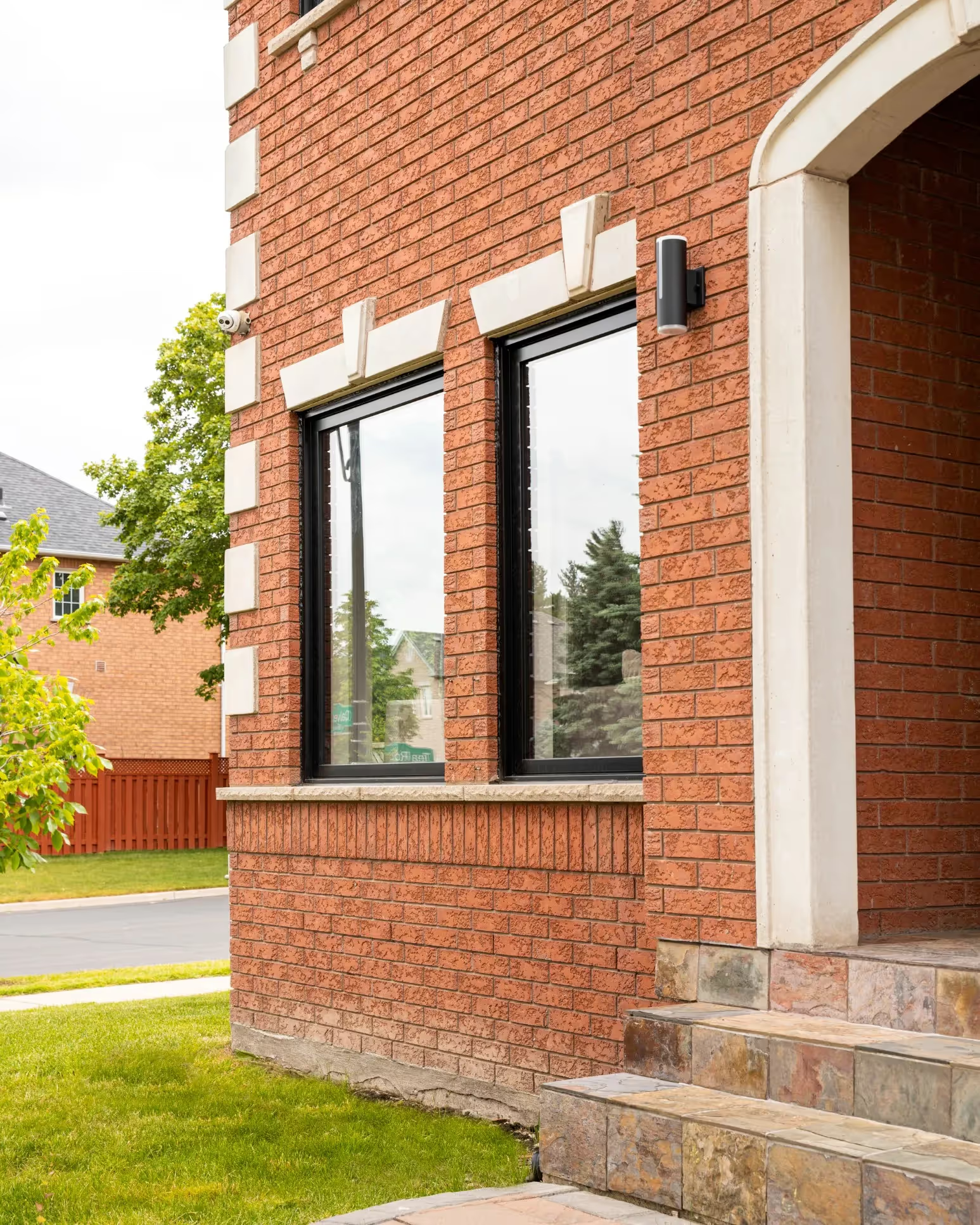When it comes to home ownership, cracks in the walls, floors and doors are a very common problem. Although these slivers of imperfection may seem harmless, if left untreated they can bring about bigger headaches down the line.
Cracks can be caused by a series of issues, ranging from man-made damage to what’s called “shifting” of a newly built home. Of course, cracking is always a natural part of the property’s aging process, but when treated early, you can ensure these cracks don’t become bigger over time – likely saving you a lot of money in the long run.
Below are some tips to dealing with cracks within your home. Whether they’re in your windows, doors or tiles, here are some areas where you’ll want to stop a crack before it morphs into serious trouble.
Home Exterior
Many homeowners ignore cracks on the outside of their homes. After all, out of sight; out of mind, right? Unfortunately some exterior cracks can become dangerous because they could signal structural problems.
Have a contractor inspect cracks along exterior walls and repair immediately. Not only are they unsightly, but you could be wasting energy too. It’s easy for air to seep in and out, making your heating system work extra harder in the winter. Additionally during the hot summer months, that precious cool air coming from your A/C could be seeping out as well.
Windows & Doors
Damaged weather-stripping around windows and entranceways are also considered a form of cracking. As mentioned earlier, air can easily leak in and out of these cracks – potentially costing you hundreds of dollars on energy bills per year.
Be diligent about checking for gaps along your windows and doors. Weather-stripping comes in self-adhesive form and applying it is an easy DIY project. Meanwhile, if you find a crack in your window pane, make sure to get it replaced immediately.
Some families think that if they have double-pane glass, a small crack on only one pane won’t make a large difference. Unfortunately, that’s not the case. A crack anywhere in your window can allow for the gas in between the panes to leak, diminishing its ability to properly retain or keep out heat, depending on the time of year. This can lead to an uncomfortable environment for you and your family members.
Tiles & Floors
Many experts say a crack in the tiles and floors could signal a crack in the concrete underneath. Unfortunately, the solution to this problem is a bit more complex.
Contractors recommend removing the cracked tiles, plus an additional row around it. Then clean and vacuum the floor to expose the crack hiding in the concrete underneath. The next step is to lay down a piece of floating bitumen membrane above the crack, which will then act a cushion. Bitumen membrane comes in adhesive form, making for very easy installation. Finally, lay down a brand new set of tiles over the exposed area.
Dealing with cracks early on could save you thousands of dollars in future repairs. Whether the issue involves cracked windows, doors or exteriors, always rely on a trusted professional for expert advice.








